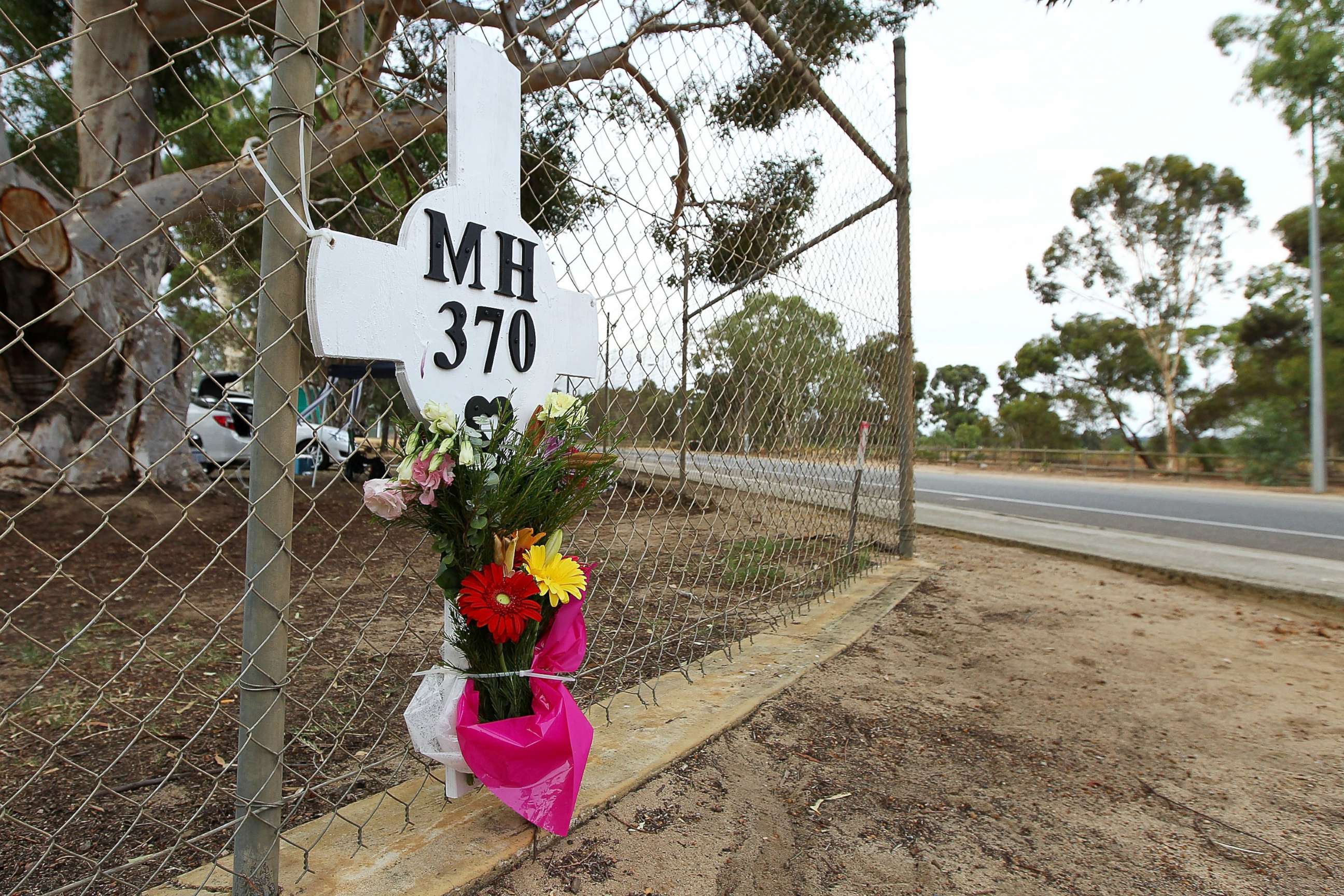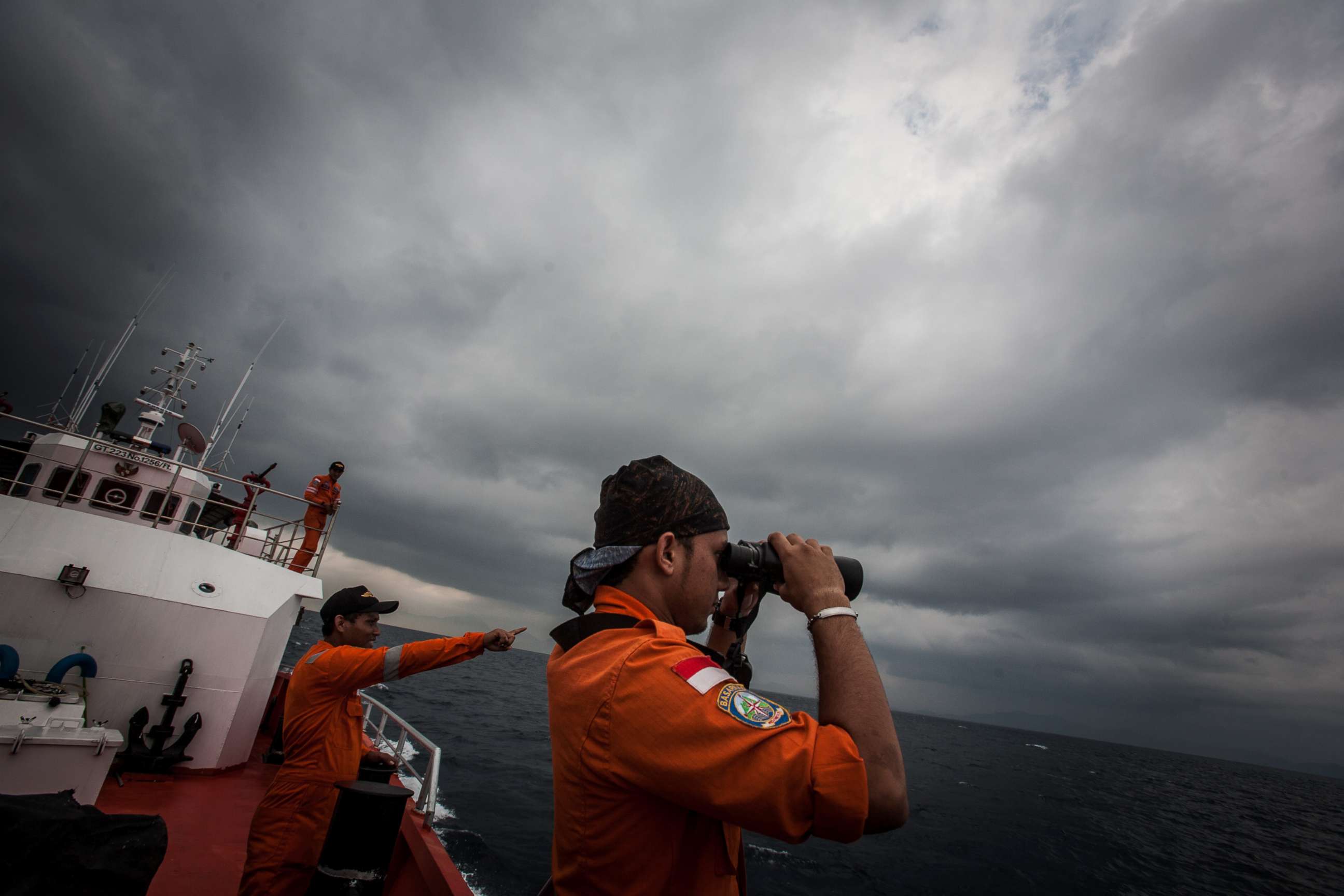Final report on missing Flight 370 unlikely to yield answers
The Malaysian government's report is expected to be 1,500 pages.
The government of Malaysia on Monday will release what it calls a full and final report on the disappearance of Malaysia Airlines Flight 370 carrying 239 people more than four years ago, according to the country's transport minister.
A source with knowledge of the report, which was written by the Malaysian government, which also owns the aircraft and the airline, told ABC News it contains about 1,500 pages and reaches no solid conclusion as to why or how the airliner vanished. The fate of MH370 is expected to remain one of the world's great aviation mysteries.
"The Malaysians followed Australia’s lead in the search, and since the bare facts have been known for a long time, this report will likely be a mere formality that will do little to help solve the mystery," said ABC News contributor Col. Steve Ganyard.
Malaysia Airline Flight 370 departed Kuala Lumpur International Airport at 12:41 a.m. local time on March 8, 2014 en route to Beijing. At 1:19 a.m. came the final radio transmission: “Goodnight , Malaysian three seven zero.”
Sometime during the first hour of flight, investigators say, the aircraft's automated data system and the jet's transponder were shut off. Those two separate actions, which killed the aircraft's ability to send location data to those on the ground, suggest that someone was alive and conscious inside the cockpit at the time.
Bolstering this hypothesis is ground radar data, which shows that four minutes after the transponder shut off, the plane deviated from its planned route, doubling back on itself and flying back over Malaysia, then north along the Malacca Strait, until it eventually dropped off Malaysian radar.
From there, investigators relied on rudimentary satellite data which indicated the aircraft continued flying for about six hours, until it likely ran out of fuel at about 8:19 a.m. Malaysia time.

Frantic days following the plane’s disappearance began with searches in the South China Sea, but eventually focused on a 120,000-square-mile swath of the Indian Ocean after analysis of radar, the debris and ocean currents indicated the plane flew in a southern direction into the Indian Ocean and ended in an area investigators call the 7th arc, west of Australia.
That search led by the Australians lasted two-and-a-half years and cost $150 million before officials decided they were looking in the wrong place and ended in January 2017.
At the time, Australian investigators said they were ending their seafloor search, but pointed to a still-unsearched 25,000 square kilometer area further north, hoping another entity would step up with funding for a new hunt.
About a year later, a Texas-based oceanic exploration company launched a 378-foot vessel named Seabed Constructor to the zone highlighted by the Australians -- armed with 65 crew members, two Malaysian Navy officials and eight autonomous underwater vehicles armed with cameras and sensors. Every day, the unmanned vessels would scour the seafloor sending back a hoard of data that analysts would examine for signs of the crash.

Operating under a "no-find, no-fee" basis, it would be the most technologically advanced underwater search in history. Houston-based Ocean Infinity would pay for the search, but if they found the missing airline, they would be due a handsome payout.
According to Malaysian Transport Minister Liow Tiong Lai and sources within Ocean Infinity, the potential reward was up to $70 million, depending on what was found and how long it took to find it.
By May 2018, Ocean Infinity completed their search area, found nothing of significance related to MH370 and announced their high-tech operation would come to a close. Despite coming up empty for MH370 debris, the deep water search yielded some of the most comprehensive ocean floor data in history. Ocean Infinity donated their findings to the The Nippon Foundation-GEBCO Seabed 2030 Project, a movement to map the earth's seafloor by the year 2030.
No further search is planned, but officials insist if new evidence is found, efforts will be made.

The aviation community continues to be desperate for answers to the vanishing of 239 people on their way to Beijing, but Monday's report is unlikely to satisfy their questions.
In fact, some are afraid a conflict of interest exists with the Malaysian government writing such a report on their own aircraft piloted by government-paid pilots.
"Since the airline was owned by the government, and given that the most likely cause was a deliberate act by the pilot, the Malaysians would prefer that the issue fade from memory," said Ganyard.
"It’s a shame because the government likely has evidence that would point to cause or motive but won’t release anything that would be politically embarrassing."
Authorities analyzed the captain's home flight simulator and revealed the pilot practiced a flight similar to that of flight MH370: A Boeing 777 flight from Kuala Lumpur that traveled along the Strait of Malacca before turning left into the Southern Indian Ocean. The simulated flight traveled until fuel exhaustion before ending in the Southern Indian Ocean, according to the Australian Transport Safety Bureau.

"The MH370 captain’s flight simulator showed someone had plotted a course to the southern Indian Ocean," the Joint Agency Coordination Centre said in a statement in July of 2016. "The simulator information shows only the possibility of planning. It does not reveal what happened on the night of the aircraft's disappearance, nor where the aircraft is located."

Since Monday's report is unlikely to provide any substantial answers, observers and experts alike will continue to debate how that ill-fated flight ended. Most theories focus on one of the pilots possibly being behind a brazen mass-murder suicide plot. Some say the jet likely ran out of fuel before plummeting into the ocean, its occupants long dead in a depressurized cabin. Other say he took sole control in the cockpit and carefully piloted the aircraft into a remote part of the ocean. But no matter the theory, there is no way to prove what exactly happened inside that plane without discovering its remains.